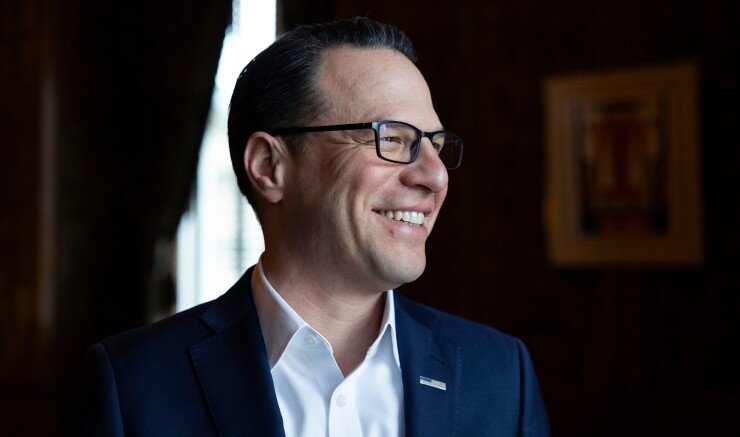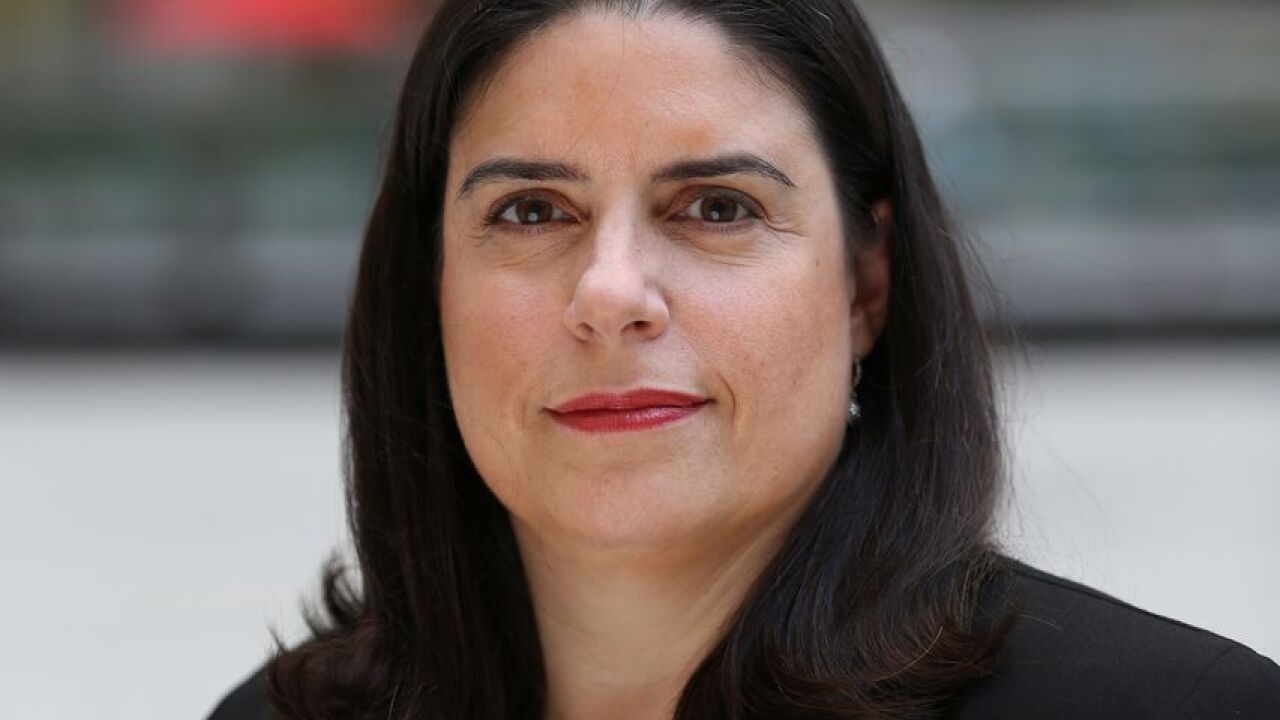
The 2024 election results created national political upheaval, but in Pennsylvania, voters sent their state legislators back to Harrisburg with the exact same margins.
"The good people of Pennsylvania looked at all we've accomplished together," Gov. Josh Shapiro said in his budget address, "and spoke loud and clear through their votes: Go do more of that."
Shapiro's budget proposal followed that theme. The Democrat's proposal kept new programs fairly cheap, with many spending increases aligned closely with
"The current year has a substantial operating deficit, and the budget that was proposed for next year also would continue this pattern of operating deficits," Fitch analyst Tammy Gamerman said. "While we think that the Commonwealth's fiscal cushion is going to remain substantial in the near term, there is a growing concern about their resiliency over the long term."
Republican state lawmakers criticized the spending in the plan in their press conference after the address.
"Gov. Shapiro has a huge appetite for spending, as evidenced in his first two budgets, and this budget is no exception. In the simplest of terms, Shapiro wants to spend billions more than we are taking in as a state,"
Pennsylvania lawmakers have a few unavoidable problems, according to Marc Stier, director of the Pennsylvania Policy Center. A 2023 state Supreme Court ruling found the state's school funding system unconstitutional; the state's aging population is putting a strain on social services; and there are no major spending programs that would be politically viable to cut.
"The fact is, Pennsylvanians don't want to see reduced services," Stier said. "We need a long-term fiscal plan to pay for what people want the state to do, for when the reserves run out. And at the moment, I don't see much of a plan."
Pennsylvania's divided legislature has razor-thin margins of control. This setup encourages deficits, which the commonwealth has run for years, Stier said. Pennsylvania has amassed sizable reserves — it will start the fiscal year with
Pennsylvania's budget last year spent $3 billion of its reserves while depositing $740 million into its rainy day fund. Shapiro's proposed budget, according to his own revenue projections, would have a gap of nearly $5 billion, draining the last of the general fund surplus and more than $1.5 billion from the rainy day fund.
The budget also includes a $322 million deposit into the rainy day fund, Gamerman noted.
Shapiro suggested two new sources of revenue, both of which he called for last year. He proposed legalizing recreational cannabis with a 20% tax rate and
These policies, Shapiro's administration projects, would bring in nearly $950 million in revenue in their first year, and are likely to increase in the future.
The governor proposed closing a corporate tax loophole known as the "Delaware loophole," but also suggested accelerating a
"In my first two years in office, we've already cut taxes for businesses by more than $1.5 billion," Shapiro said. "Taken together with the progress we've made so far, my plan would cut taxes by $10-and-a-half billion by 2029."
The biggest item on the budget, as always, was education. Shapiro suggested a $526 million increase to the state's poorest schools.
"That's the exact same number we agreed to last year," Shapiro said.
Also returning from last year is a
In his budget address, Shapiro took a victory lap on some of his
Last year's budget spent $1 billion on
"As a result, we've secured more than $3 billion in new private sector investment during my time as governor. That's a great ROI for the taxpayers," Shapiro said. "We are moving at the speed of business and inking major deals again."
Shapiro asked the legislature to add $65 million more funding to support innovation. He also wants to double the budget for Pennsylvania's agriculture innovation fund, which the state created with $10 million of funding last year and received applications for nearly $70 million of proposals.
Shapiro also pitched sweeping changes to Pennsylvania's higher education system last year. The legislature did not indulge most of those changes, but the governor celebrated the ones that passed, and called to preserve the $25 million allocated to scholarships last year.
He also expressed a desire to build on housing initiatives by roughly $70 million, through programs to help residents buy and repair their homes. The commonwealth needs more than 100,000 new homes and apartments to meet the need for housing this year, Shapiro said.
Stier has worked at the Pennsylvania Policy Center for a decade, and he said Pennsylvania hasn't raised sufficient revenues to cover its expenses in any of that time.
"Most of those years, the General Assembly adopted one or another budget gimmick," Stier said, like borrowing from special funds, pushing back expenses or budgeting revenues early. "They probably made an art form out of underestimating Medicaid revenue expenditures."
"Somebody should write a textbook on how to balance a budget without really balancing a budget," Stier said.





